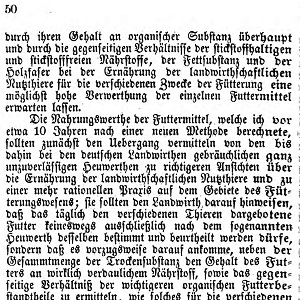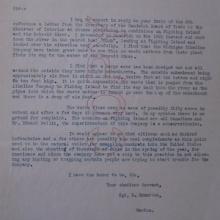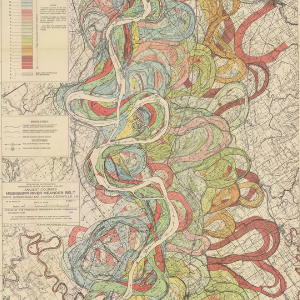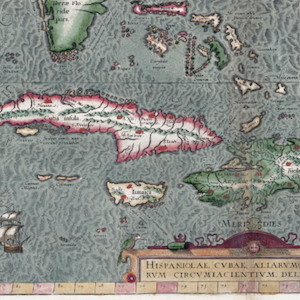Environment

Wolff’s justification for omitting hay values
In 1864, for the first time, Emil Wolff did not include hay values alongside nutritional components in the data tables published annually in the calendar. In this accompanying article, Wolff reframed his previous translation into hay values as merely educational.

Short Teaching Module: Shared Space, Shared Experiences: Transnational Water Management around the Great Lakes
World historians sometimes work within a single sub-field, such as migration history or gender history, but they can also bring sub-fields together, as their perspectives, methods, and subject matter cross boundaries.

View of the Coffee Plantation Marienbosch in Surinam
This painting is a view of the Marienbosch coffee plantation along the banks of the Commewijne River in the Dutch colony of Surinam (present-day Suriname). Alongside coffee, the plantation also produced cotton and cocoa. The artist, Willem de Klerk, never visited Surinam.

Ancient Courses: Mississippi River Meander Belt
This is one of fifteen maps of the Mississippi River created by cartographer and geologist Dr. Harold N. Fisk in 1944. The maps were part of Fisk's Geological Investigation of the Alluvial Valley of the Lower Mississippi River for the U.S. Army Corp of Engineers.

Salt Fields in Solinen, Russia
This stereograph, captioned "A reservoir after evaporation – turning up the salt – salt fields, Solinen, Russia," is an image of female workers breaking up the crust of salt formed after the evaporation of a reservoir and forming the salt into mounds for later collection.

Digital Library of the Caribbean
Educators, students, and scholars interested in understanding the strategic conflicts between European powers, the experience of Africans during the transatlantic slave trade, the emergence of the modern capitalist system, and the rise of neoliberalism would find in dLOC a wealth of content to draw
Victoria and Albert Museum
The video series How Was it Made? demonstrates a variety of craft methods: Japanese hikihaku obi, medieval stained glass windows, and book printing and binding.
Primer: Big History
Big History is an approach to world history that takes as its subject the story of the whole of the Universe, from its creation, 13.8 billion years ago, in the Big Bang.

Salisbury Crags
Before about 1800, most people in the Christian world assumed that the earth was just a few thousand years old. But growing interest in fossils and strange geological formations made some people think the earth must actually be much older.

History of the Earth in a Cycle
Our sense of time has been extended into the deep past in the last two centuries or so, and particularly since the 1950s, when Willard Libby showed that you could use the breakdown of radioactive molecules such as Carbon-14 to date events thousands of years before there were any written documents